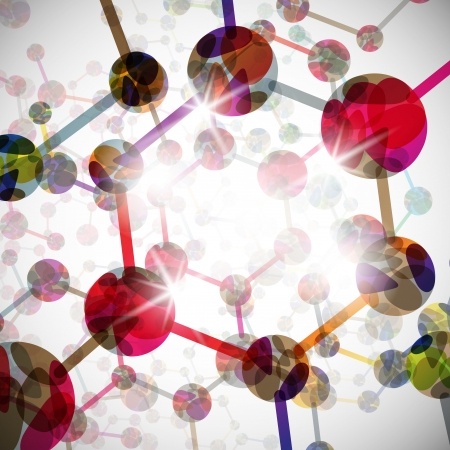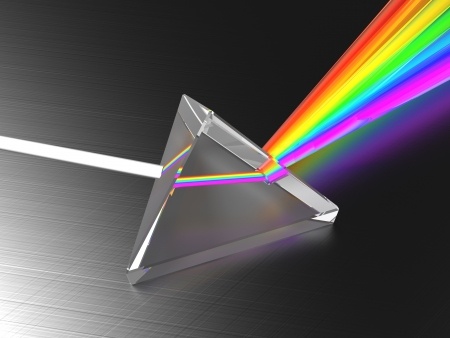This weekly feature of STAOblog brings you a sampling of the latest science news sorted by curriculum strand. Use these items to enrich your class discussions and engage your students.
Share your favourite Science News “gems” by emailing them to staoblog@stao.org.
 Biology
Biology
Origins of sex discovered: Side-by-side copulation in distant ancestors.
A palaeontologist has revealed how the intimate act of sexual intercourse first evolved in our deep distant ancestors. In one of the biggest discoveries in the evolutionary history of sexual reproduction, scientists have found that internal fertilization and copulation appeared in ancient armored fishes, called placoderms, about 385 million years ago in what is now Scotland. Read more…
Artificial sweeteners may evict good gut microbes, By Stephen Ornes.
Science News for Students. People use saccharin and other artificial sweeteners to try to stay healthy. A study now suggests such sweeteners might actually cause harm by encouraging the wrong bacteria to grow in our guts. Read more…
 Chemistry
Chemistry
Thermal paper cash register receipts account for high bisphenol A (BPA) levels in humans. Science Daily
People Are More Swayed by Things That Look Sciencey – Inkfish | DiscoverMagazine.com, by Elizabeth Preston
Anyone who’s paged through a women’s magazine will recognize this strategy: to make a product seem better, surround it with a scientific glow. “Clinical trials show lashes grow up to 400% fuller!” “27% reduction of dark spots in 10 weeks!” “Ceramides!” Does this actually help convince people to hand over their cash? A study using promotions for fake drugs suggests that might be the case. Read more…
Physics
Will We Have Nuclear Fusion Reactors Within a Decade? – D-brief | DiscoverMaga zine.com
zine.com
The company’s secretive research unit, Skunk Works, claims that within a decade it’ll develop and deploy a nuclear fusion reactor that’s powerful enough to light over 80,000 homes, yet small enough to fit in the back of a truck. If the company succeeds, it would mark a major milestone in mankind’s pursuit of a viable nuclear fusion power source. Read more…
Pyramids’ blocks: Possibly rock ‘n’ rolled. BY STEPHEN ORNES Science News for Students
To move giant stones across the sand, ancient Egyptians may have found it easier to roll rather than drag them. Read more...
 Earth and Space Science
Earth and Space Science
Cosmic rays threaten future deep-space astronaut mission. Science Daily



